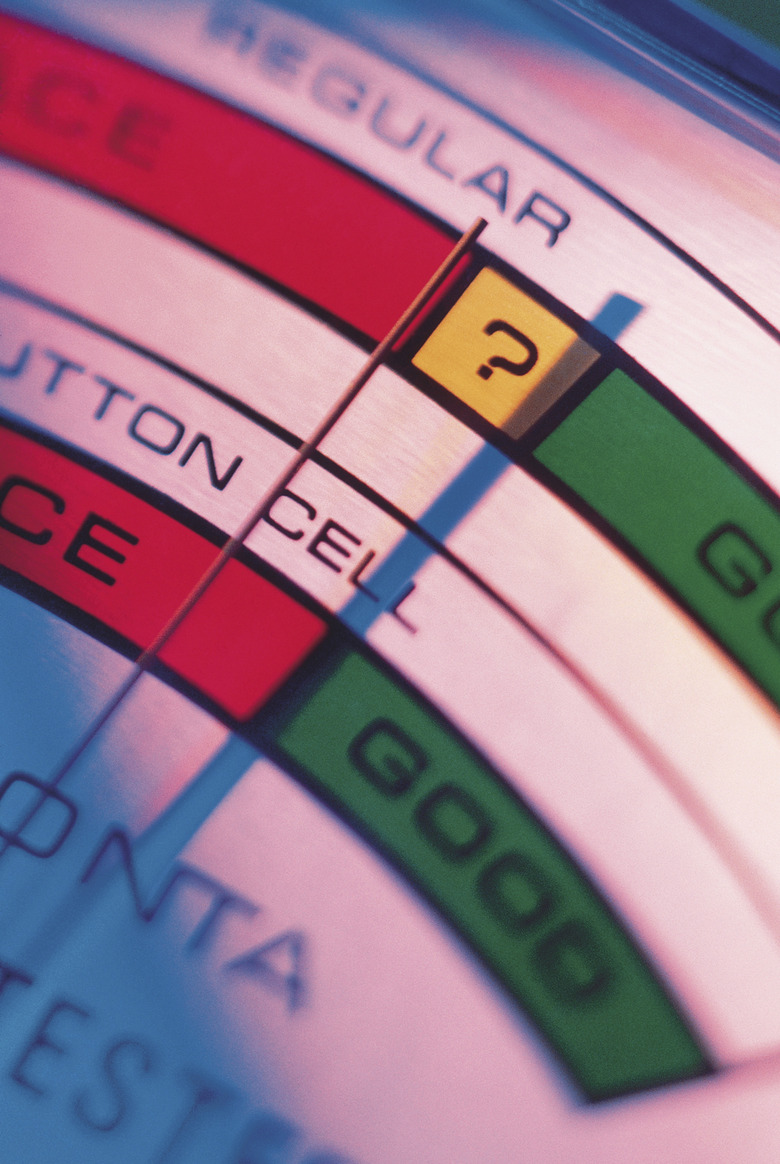How To Interpret Megohmmeter Readings
Megohmmeters, or meggers, are testing meters used to measure the current leakage from an electrical cable by means of administering an insulation-resistance test. A megger sends voltage through a cable and measures any current leakage in megohms (1,000 ohms). Routine megger tests of aged electrical cable is a prudent way to ensure your circuits are safe from arc faults that can cause circuits to be blown, and safe from fire or electrical shock. Properly interpreting megohmmeter readings of an insulation-resistance test can help you identify faulty or damaged insulation that can lead to these problems.
Step 1
Perform a time-resistance testing method using a megger, and take successive readings at specific intervals. A time-resistance test is performed over five to 10 minutes. Record the results at 60 seconds, and then in 30-second intervals thereafter.
Step 2
Compare the results of each reading. The time-resistance method is based on absorption. Good insulation allows for an increase of resistance (ohms) over time, showing the charge effect over a time period longer than the capacitance of the insulation. Damaged or contaminated insulation will will mask absorption with current leakage, keeping resistance low, identifying a potential problem.
Step 3
If the megger reads a resistance under 1 (1,000 ohms) on your meter after the initial 60-second interval, the cable has failed and the cable should be removed. If the megger reads a resistance between 1-1.25 on your meter, then the cable passes. Any reading above 1.25 is considered excellent.
Step 4
Continue to monitor the megger over 30-second intervals. If the resistance reading continues to increase, the cable insulation is in excellent condition. If the resistance levels out, that could be the sign that insulation is failing.
